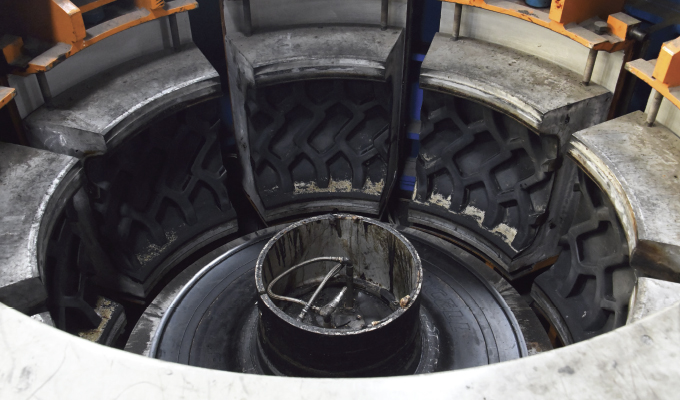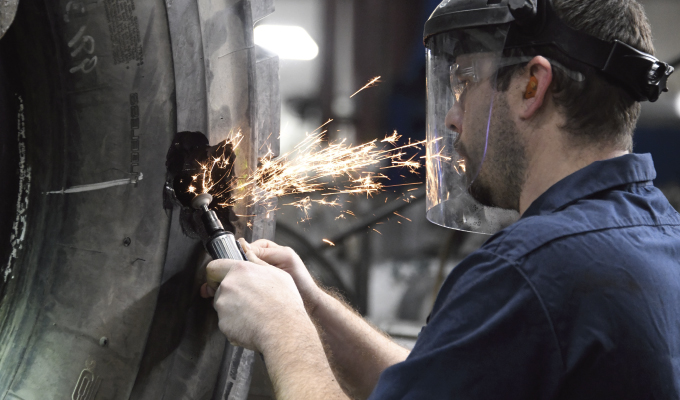Retreading construction tires can be an outstanding way to maximize return on investment and improve sustainability metrics, which are increasingly important to a growing number of construction clients.
In addition, tires built with retreading in mind are strong enough to deliver the service hours they promise, notes Dhananjay Bisht, national product manager—earthmover and construction tires for Yokohama Off-Highway Tires America, Inc.
“When you buy a tire that is designed and manufactured to be used multiple times, you can be confident you will not only get the performance you expect, but can multiply those hours,” Bisht says. “That delivers advantages in terms of reliability, minimizing downtime, and making the most of your resources—and on a cost-per-hour basis, that stronger tire is often a far better investment. To be able to extend the useful life of that casing by 100% or 125% improves your bottom line.”
It also improves the sustainability story your company can tell.
“A casing represents 75% of the weight of many construction tires,” Bisht points out. “That can be more than 2,000 pounds of rubber, steel, fabric, and other materials. An individual construction contractor can keep tons of material out of landfills just by retreading its tires.”

KEY STEPS
Not every tire can be retreaded, Bisht says. Equipment owners and operators can follow a few key steps to get high-performing retreads and maximize the useful life of their tires.
Buy good tires. Gene Williams, vice president, OTR retread sales for Purcell Tire in Potosi, Missouri, says only well-built casings can be retreaded. “That retread will spend 4 to 24 hours in the mold curing—a lot of casings can’t handle that,” he explains. “It’s the combination of compound, ply materials, belts, and original tread rubber that make a casing retreadable.”
Operate at proper pressure. “We have more rejects due to underinflation than anything else,” notes Williams. “With underinflation, you get heat that causes separation damage. And if an underinflated tire hits something, it’s going to show up as damage in the casing.”
Use the right tire for the job. Tire manufacturers design and build tires for very specific tasks. Work with your tire dealer to select the right tire for each machine, then stay within spec for load, speed, and distance.
Keep your work site clear. Sharp rocks and debris, rebar, and potholes can all cause damage severe enough to render a casing unsuitable for retreading. Damage to well-made casings can often be skived out and repaired, but not if the impact is too deep.
Don’t wait too long to send a tire in for retreading. “Make sure you pull it quick enough, when there’s still some tread left,” Williams suggests. “We don’t want to see wire or cords sticking out. A lot of people run their tires into the plies. You can’t retread that.”
CLOSING THOUGHT
Boosting the sustainability of your construction business is likely to become ever more important for winning bids, says JB Boysen, industrial products manager, Yokohama Off-Highway Tires America, Inc.
“I’ve had customers tell me that in requests for proposals, sustainability is almost as important as safety now,” says Boysen. “If you’re bidding on a road or government project, or even many corporate projects, you’ve got to have a sustainability program or you won’t even get on the bid sheet. Retreads can be a part of that.”
For More Information:
For more about Yokohama Off-Highway Tires America, Inc., visit yokohamaotr.com.
Modern Contractor Solutions, January 2024
Did you enjoy this article?
Subscribe to the FREE Digital Edition of Modern Contractor Solutions magazine.



